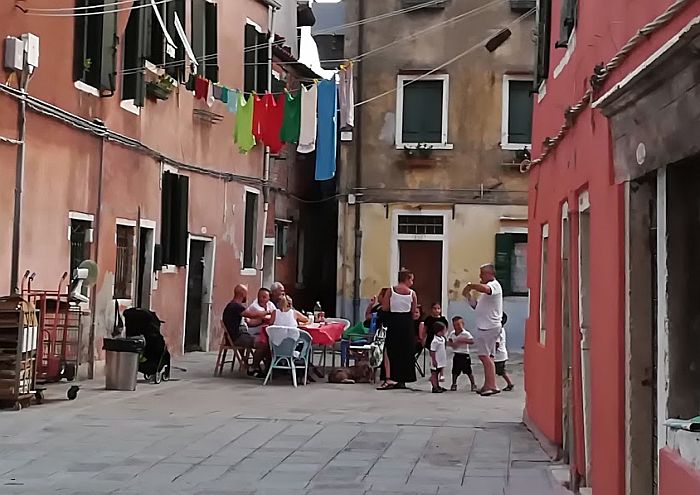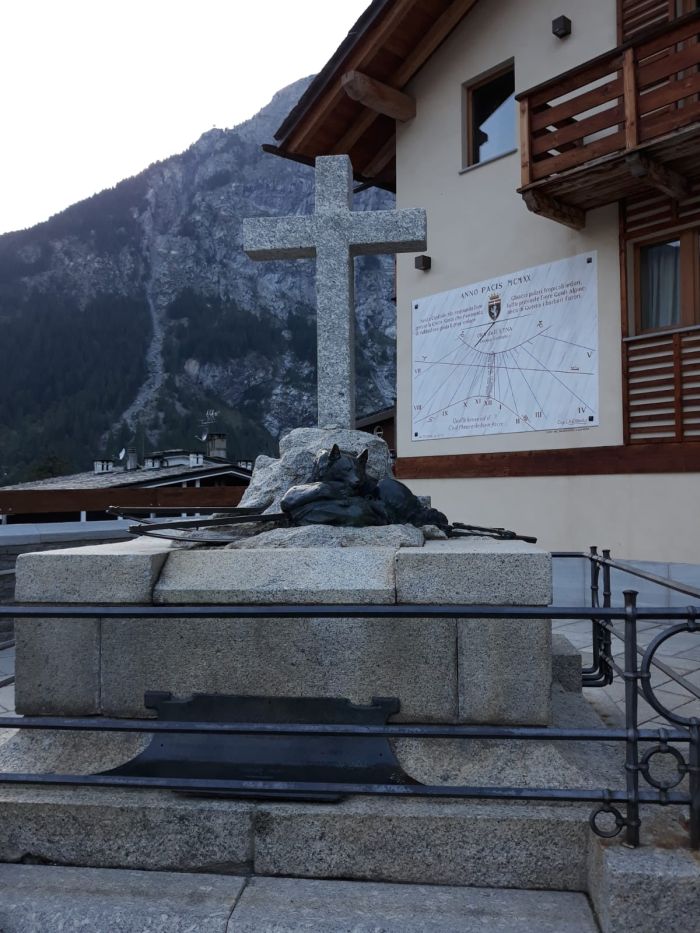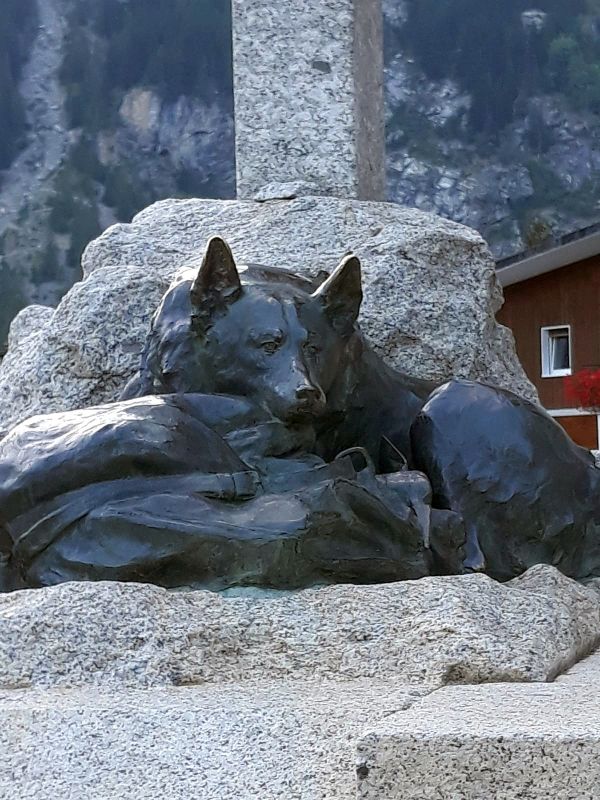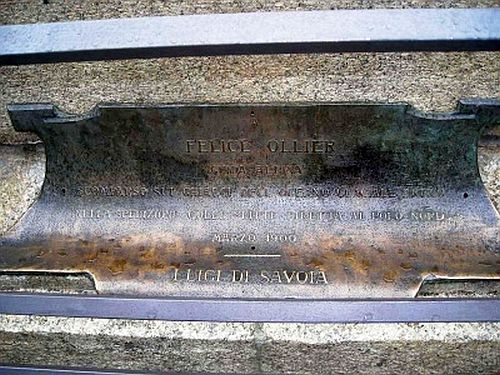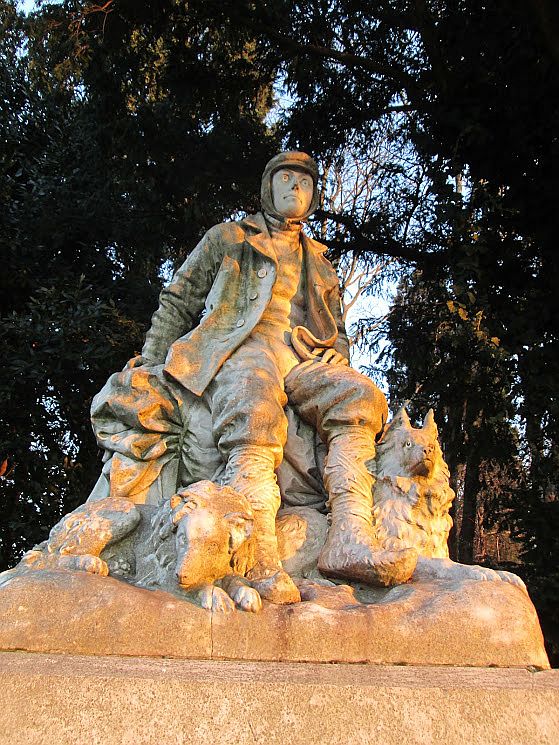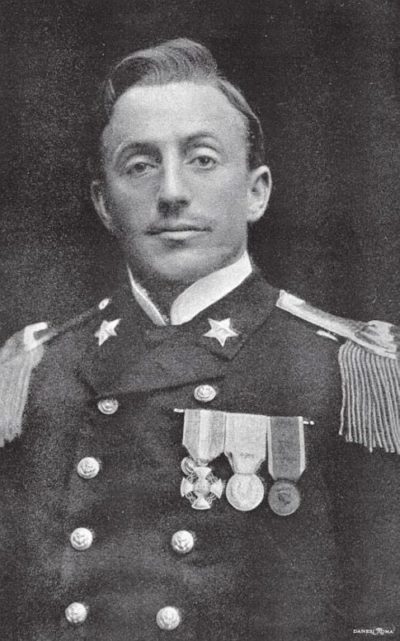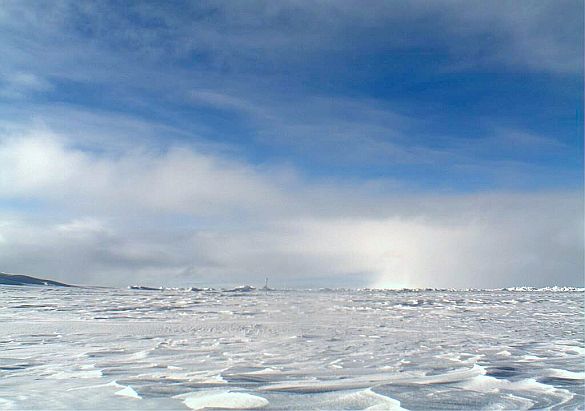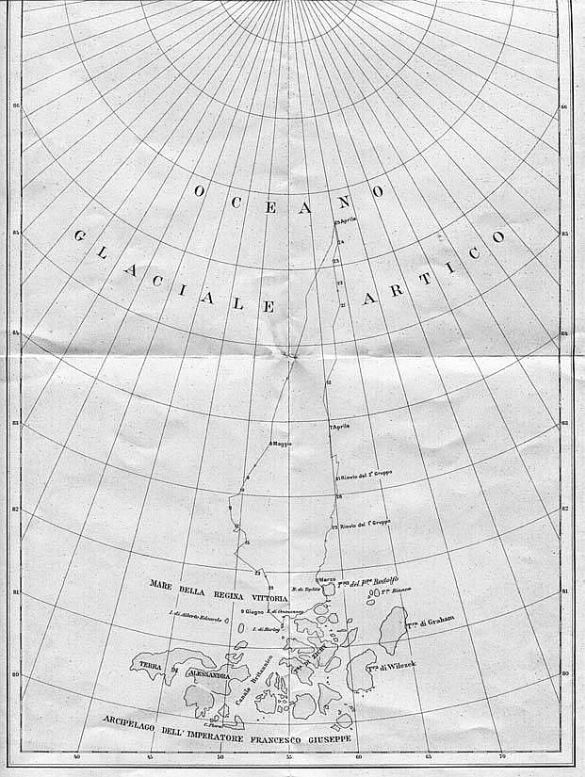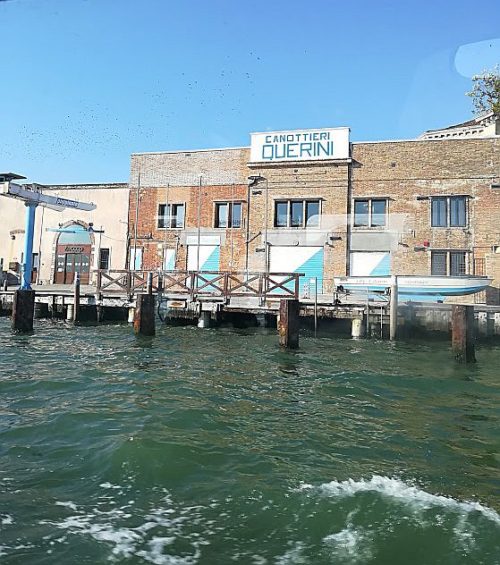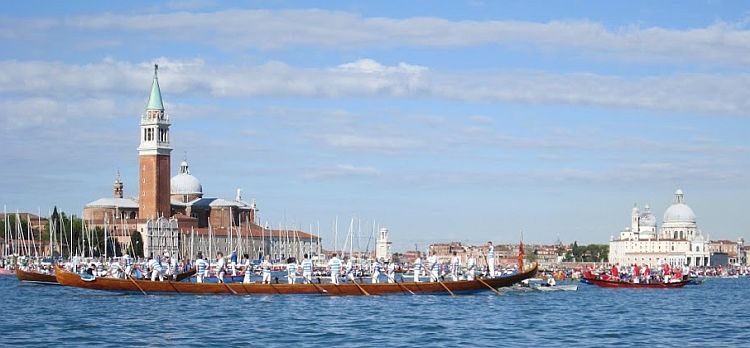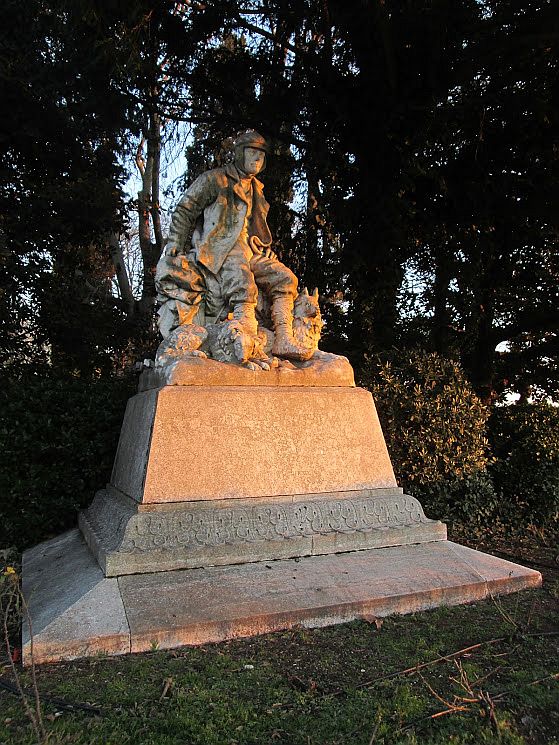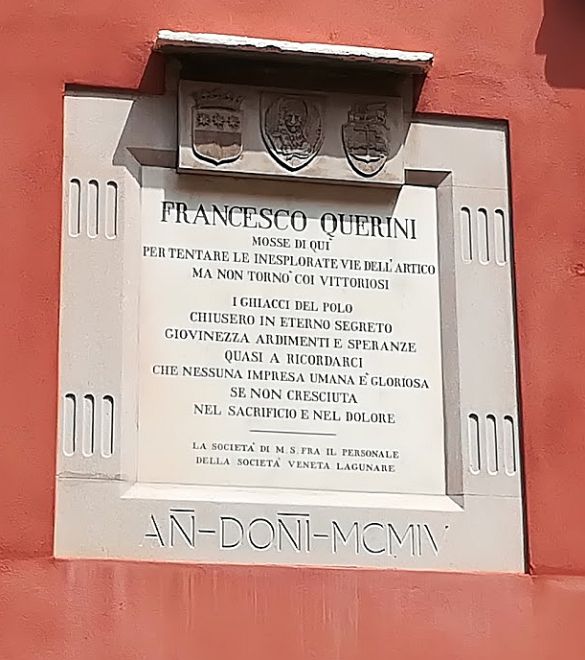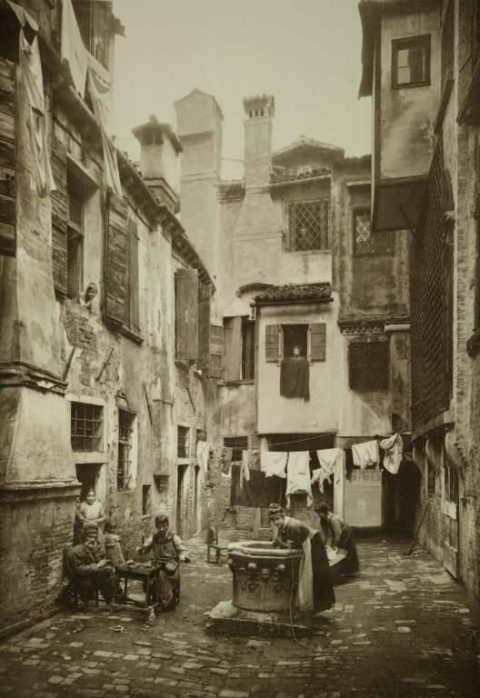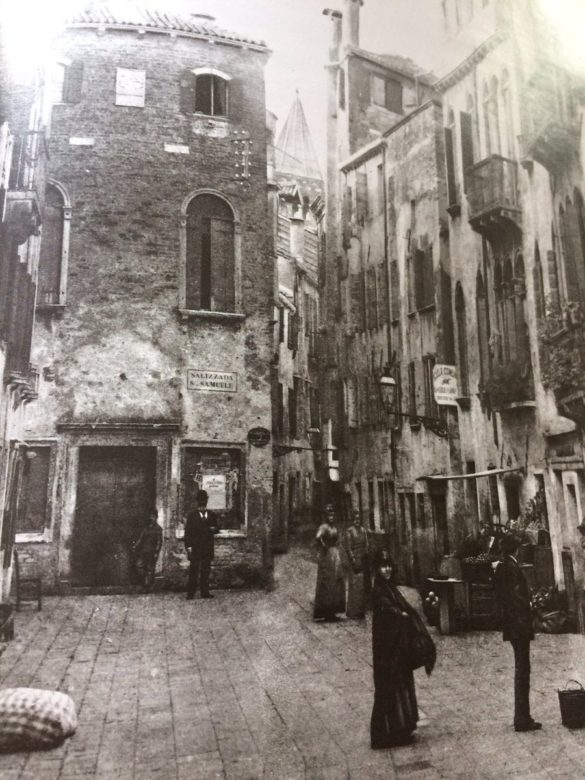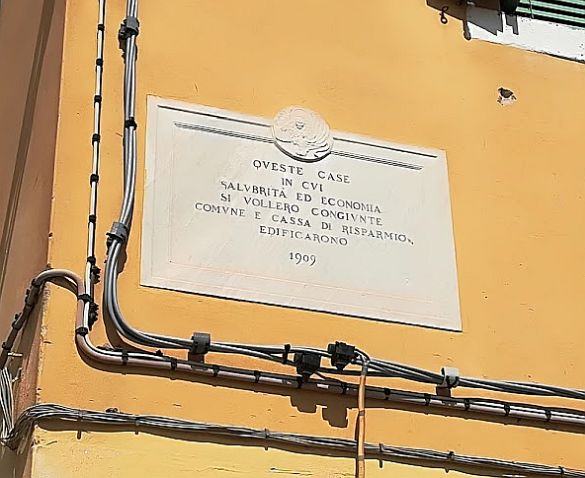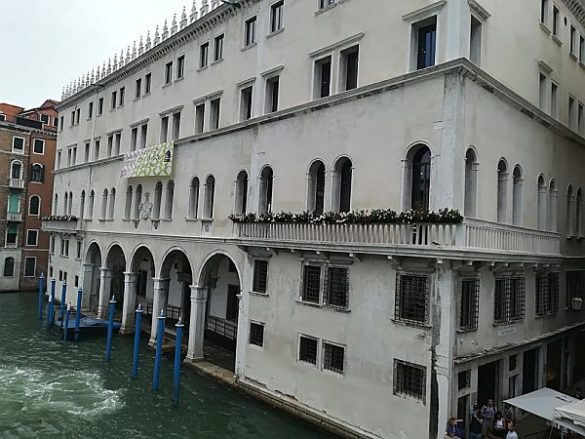
I’ve always had an aversion to the word “lifestyle,” not because I don’t believe that lives can have style, but because I do believe that it isn’t something you can buy. Somebody will say “Oh but you can buy the components,” so fine — but you can’t buy the result. There is a difference between style and stuff.
What brought this on? Assorted publicity distributed around the city for the Fondaco dei Tedeschi, which once was a palace, then became a fontego, which was a designated place in which the Venetian government required foreign merchants to deposit their goods, and which also could comprise bedrooms, counting and meeting rooms, and other conveniences. (The Turkish fontego contained a mosque and a hammam.) At some point in the 20th century it became the main post office.
I remember that phase — the palace seemed impressively maladapted to being a main post office, with lots of small rooms and way too many stairs. But I liked it. I liked going into a majestic, dusty, rumpsprung palace to buy stamps or deal with packages. The fontego seemed still connected in some way to its past. It was a piece of Venice.
Then it was closed for several years while undergoing vast and spectacular alterations under the world-famous hand of rockstar architect Rem Koolhaas on behalf of the Benetton Group. This project transformed the building into a — well, I would have called it a shopping center, somebody else might have called it a souk, but they decided to call it “A lifestyle department store.”
Department store — how quaint. I didn’t know people still used that term. But Venice already had one: COIN, the immemorial high-class department store that was forced to close last month because the building owner raised the annual rent to just beyond reach. The owner wanted 3,000,000 euros a year, while the longstanding lessee could only offer 2,100,000. So for 900,000 euros difference per year, the store has closed.
Now that I think about it, COIN was just over the bridge from the Fondaco. I don’t suppose that means anything.
Anyway, maybe you’re thinking: “This is great! Finally there will be high-class stores in Venice where we can go to shop! Because Prada and Gucci and Tiffany don’t have their own stores right out there on the street!” (Of course they do. It’s just that they’re not all jammed together and linked by escalators.)
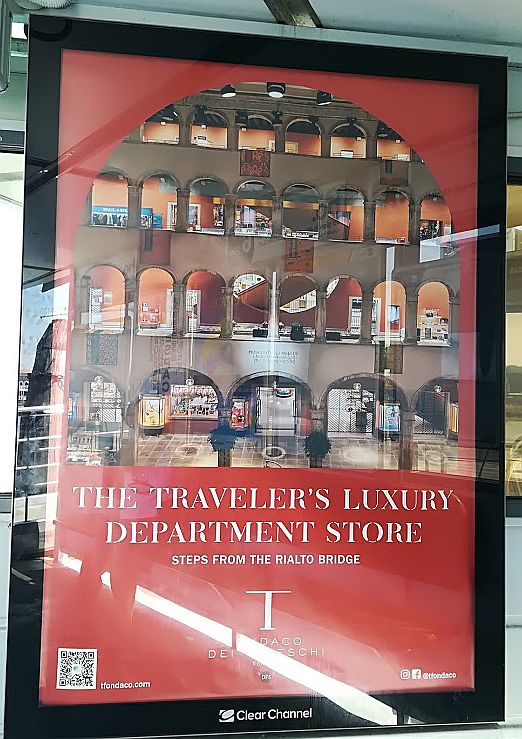

Posters for the Fondaco have been on the vaporetto docks for a few weeks now, and I recently discovered even fancier publicity for it in the airport. This makes sense, because the fondaco is totally geared to tourists. I seem to recall reading, during the renovation phase, that specific tours were going to be organized to visit it, like Mall of America. Water taxis would bring customers in big batches to the water entrance, let the customers roam and spend and take pictures, then take them away again.
Whether or not that particular scheme has worked out, there are indeed many, many people who go there every day to roam and spend and take pictures. Or take pictures, anyway. And that ought to be making the owner/manager happy. But he wants more.
He wants Venetians.
Headline in the Gazzettino: “Fontego has 8,000 visitors a day, but ‘We wish Venetians would come to shop.'” Why? Aren’t 8,000 people a day enough? Any Venetian reading this would hear “Please come to our extremely upscale multilevel shopping mall full of thousands of strangers to look at useless things that cost too much.”
I don’t suppose you’d call a cashmere sweater useless, but your average Venetian who needs a really good sweater doesn’t think of going somewhere that has 8,000 visitors a day when he or she can just as easily go to the Duca d’Aosta and also have air to breathe. If he or she wanted to see 8,000 foreigners crammed together, wandering aimlessly, taking pictures, he or she could just as easily go to the Piazza San Marco, which doesn’t cost anything.
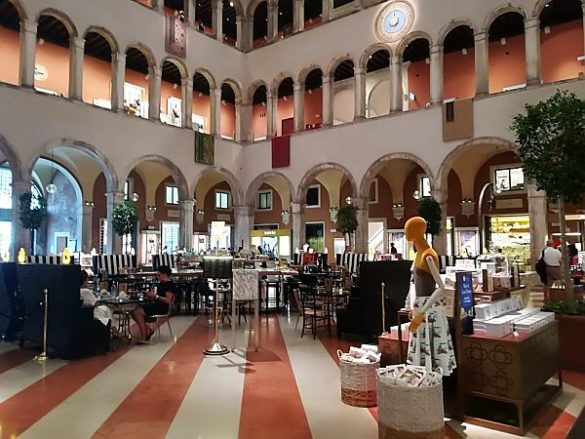
A small further point, which has not occurred to the “We want Venetians” gentleman, is: Who are these Venetians? As in happening in a number of Italian cities, Venice’s population is aging, and living on a pension is a situation that doesn’t leave much room for frippery. Certainly there are some people with pensions paid in gold doubloons, but the largest percentage of the retired people here are living on 1,000 euros or so a month; Lino’s cousin has 750 euros a month, and many others are somehow surviving on 500 euros a month. You can understand that Murano glass and Carnival masks and custom-concocted perfumes are nowhere to be found on their shopping lists.
So the Venetian visitors that are so earnestly desired and dreamed of can’t be pensioners. They probably aren’t working couples, either, because work. Children, maybe? Well, they’d have to come with some adult — could be a grandparent or aunt or uncle — but the adult would need to have money, so we’re back to pensioners.

There is another element to the general Venetian aversion to stopping by the Fondaco, and it’s not financial. It’s cultural and emotional. Does the word “dispossessed” mean something? It means “It was ours, and now it’s not,” and this now applies to many historic places that have been transformed (often by Benetton, but not always) under the pretext of being saved from ruin when they are essentially large commercial speculations. I suspect that the person who said that he wishes Venetians would come to shop secretly knows that Venetians are never going to do it, and he knows why. Because it was theirs, and now it’s not.
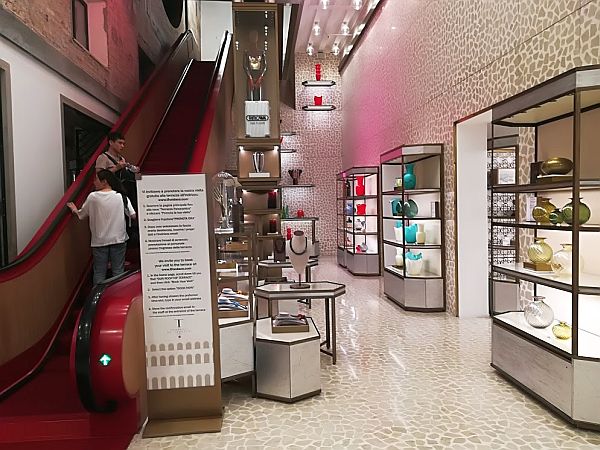
Is tourism to blame? I suppose so. But as long as non-Venetians keep ranting about the dire effects on local life of renting apartments to tourists, the reality of foreign commercial interventions on a massive scale goes unremarked. Big opening-day articles analyzing the architectural skill of the Fondaco transformation sidestepped the fundamental reality that another exceptional piece of Venetian history had been surgically removed from the city’s battered body.
As anyone can say who has been in, or witnessed, an abusive relationship, there are some similarities between the Venetian government and its relationship with the city’s history and its present, not to mention future, if there is one. But the primary point that strikes me (sorry) is that an abused person tends, always hopefully, to see each episode of damage as somehow excusable, and this only leads to more, and finally the victim loses the big picture and sinks into apathy, helplessness and depression. It seems to me that many Venetians have reached this point.
So I would suggest to the owner/manager not to press the point of how tempting and wondrous the Fondaco is. Believe me: If Venetians had wanted to, they already would have come. You’re going to have to be satisfied just harvesting tourists who are seeking a lifestyle.
